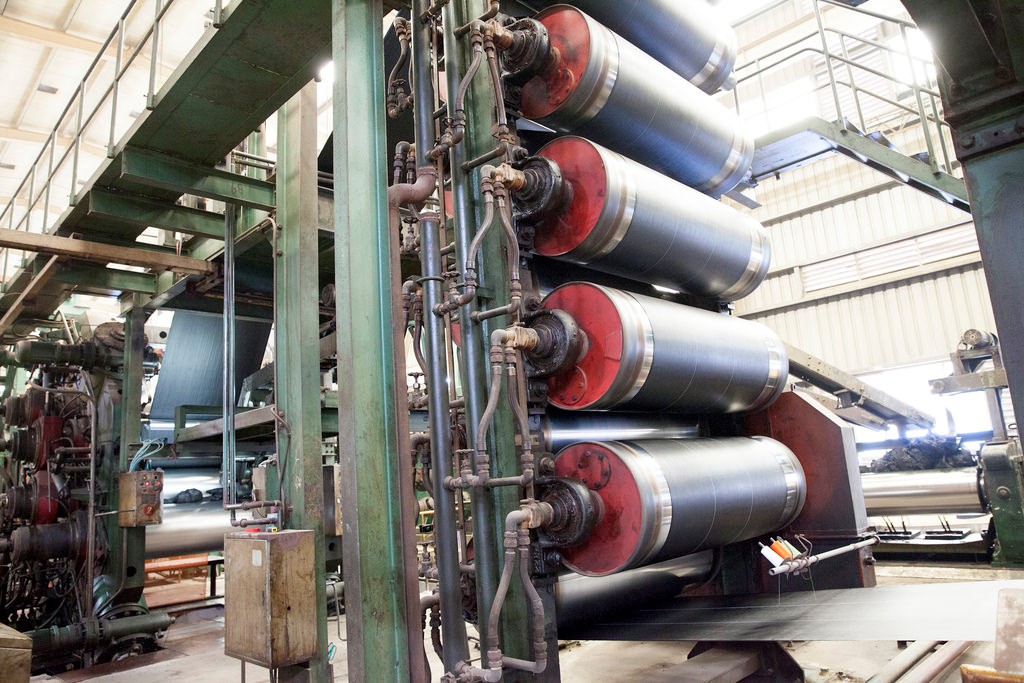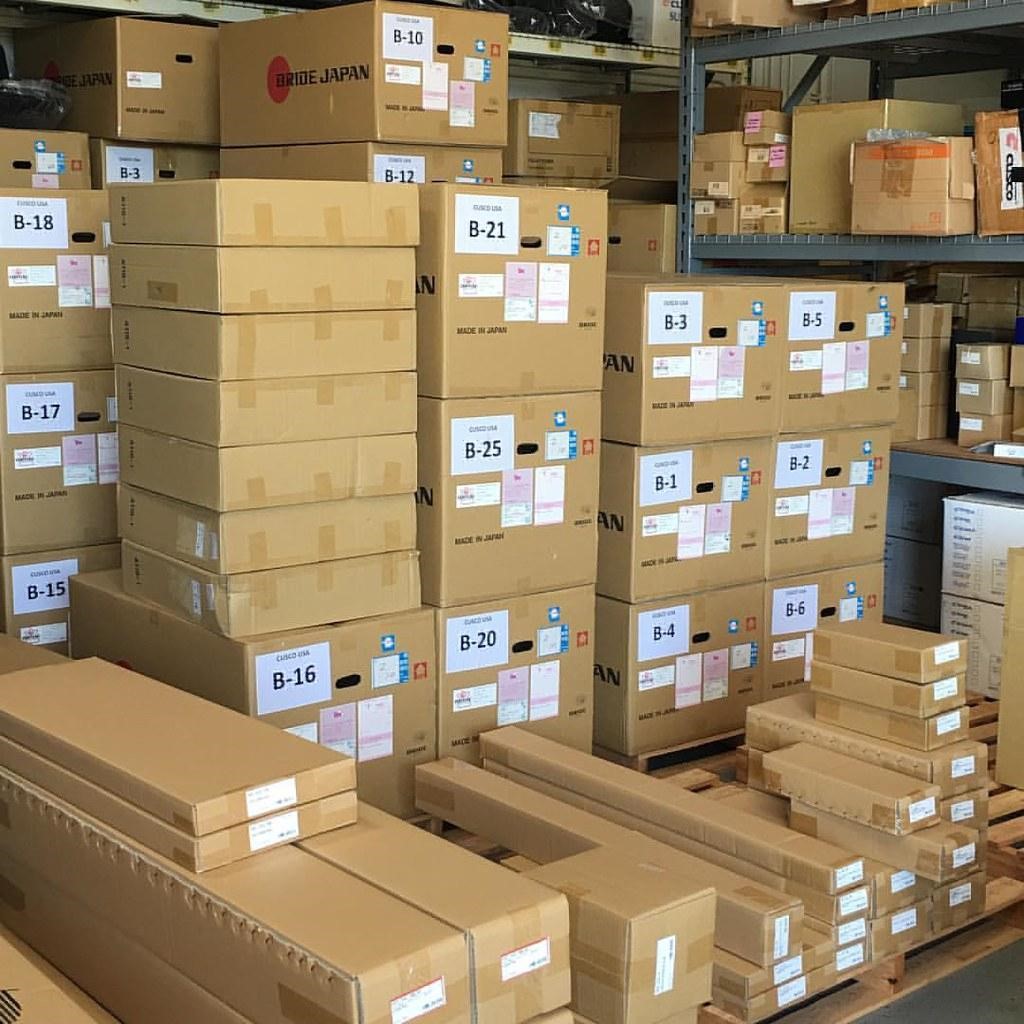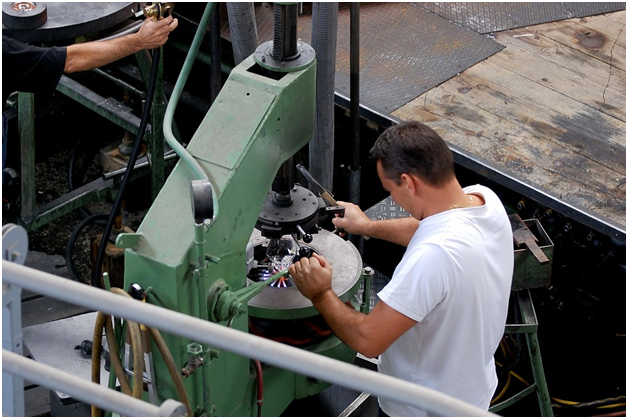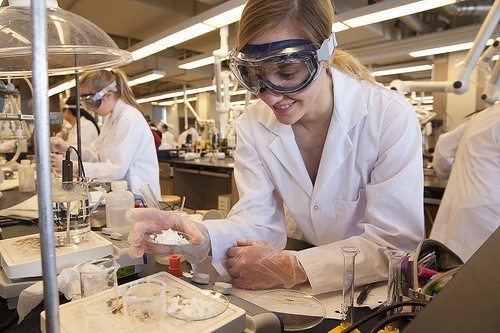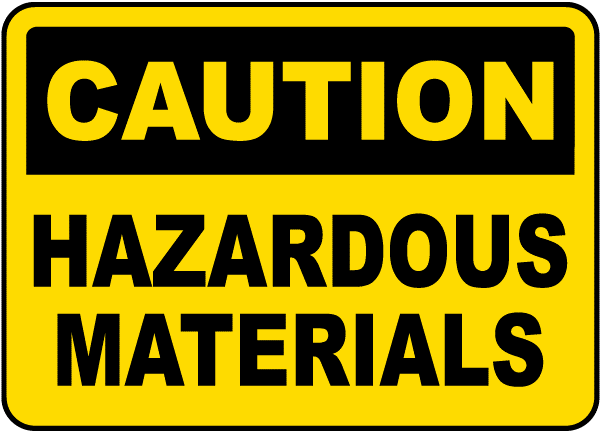If you are buying property, it’s important to know that your future dwelling is structurally sound. For best practice, you should employ a member of the Royal Institution of Chartered Surveyors (RICS) in order to obtain a Homebuyer Report on the state of your property. This is more detailed than the mortgage valuation which your lender arranges to determine that your abode is worth the price you are paying for it.
Contents of the Homebuyer Report
The Homebuyer Report explains the property’s condition and will flag up areas that require attention.
It will contain:
– An optional valuation.
– Useful information about your property and where it is located.
– A rebuilding costs estimate (for insurance purposes).
– Details of any drainage, damp-proofing or insulation (without drains testing).
– Damp test results.
– Aspects needing urgent attention.
– Information about major faults.
– Surveyors only look at visible parts of the property. So faults under the floors, in drains or behind walls will not be included.
For information about different types of survey, see https://www.moneyadviceservice.org.uk/en/articles/a-guide-to-homebuyer-surveys-and-costs.
How to use the Homebuyer Report
The report will give one of three ratings. Condition rating 1 signifies that no repair is necessary, while rating 2 covers flaws that require repairing or replacing but are not urgent or serious, and rating 3 deals with defects that need urgent replacement, repair or investigation. Such as the need to enlist the services of a Blocked Drains Bristol company like https://www.amsdrains.co.uk/ if you have a serious drain blockage that is causing issues with your toilets and sinks.
You can get quotes from professionals in the building trade in order to fix the problems raised. If necessary, you can contact the estate agent to negotiate a different price to take account of the required work.
Your surveyor will explain points in the report to you. In fact, you can ask to accompany him as he completes the report in order to talk through the findings on the spot.
Costs
Homebuyer Report fees start at £400. It is worth the money as a report can save you costly mistakes further down the line and reduce the amount you pay. You will be able to budget exactly for repairs and plan accordingly.
One in five homebuyers relies on the mortgage valuation alone. This attempt to save money often backfires with people being hit by unexpected repair bills on taking possession of their new home.






